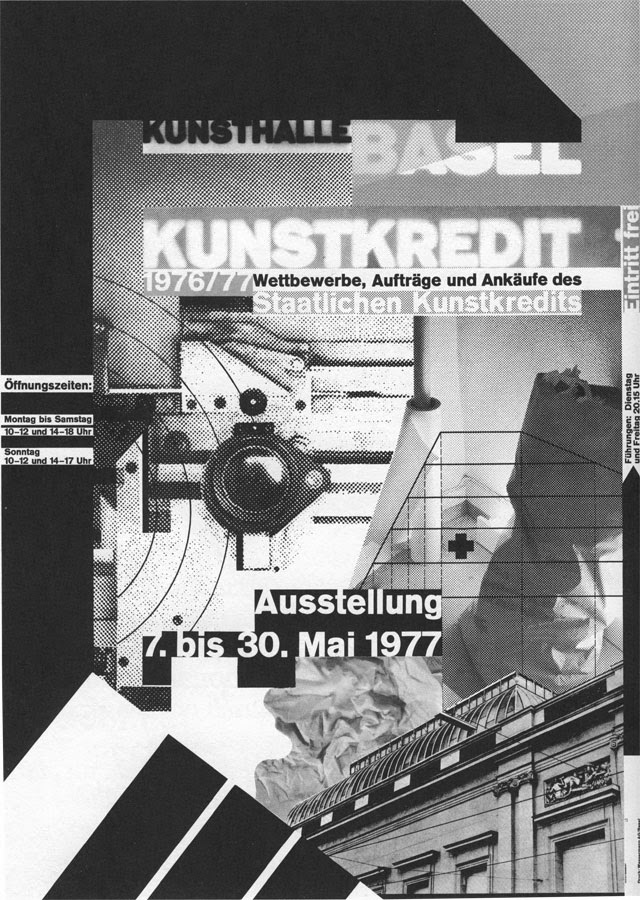In different eras, designs of different designers were suited to the culture of their time, sometimes affecting also the society or culture in which they emerged. Furthermore, such influences, by using a number of different materials and techniques changed the attitude towards design and culture.
 |
| Paul Rand |
Paul Rand is one of the most famous graphic designers in the world. Paul Rand was the key figure within the New York School Movement. Such movement which started from the 1940's was distinguished from other styles of the same era. It was applied by American designers whose works involved a number of economic and cultural aspects. Paul Rand introduced modern art into industries which were considered to be larger than others. Within such industries Rand designed a variety of posters and corporate identities. Rand gained popularity and changed our industry by struggling against everything he knew. For instance one of the most memorable corporate identities is his IBM logo which was slightly changed in 1960. Rand's abilities stood out as he was able emphasise the importance of this corporate brand. Rand not only changed the way how design was accomplished and respected, he also changed the way by which businesses saw the need for design and branding. Rand experimented with the introduction of themes (which were normally found in fine arts) into his graphic work which eventually formed new ways of looking at graphic design: graphic design was no longer seen as an art that simply filled a page.
 |
| IBM logo done by Paul Rand |
 |
| Josef Muller-Brockmann |
In Switzerland, after the Second World War (in the 1950's) the Swiss Style which is also known as the International Typographic Style emerged. Techniques involving uniformity, geometry, the use of negative space, the use of the grid system and the sans-serif type were developed. The international popularity of such designs were even enlarged further in the 1960's and 1970's with artists like Josef Muller-Brockmann who was the founder and editor of the Zurich published journal Neue Grafik (which introduced the Swiss Style into America). Muller-Brockmann was highly influenced by Constructivism and his works involved a mathematical harmony of a number of formal elements. Muller-Brockmann's works involved a series of concert posters, powerful public health and safety posters (most of the time using the photo-montage technique) and also the creation of theatre sets in Zurich. Together with other artists, Josef Muller-Brockmann saw design as part of the industrial production and searched for anonymous, neutral and visual communication. That's why, amongst other techniques Muller-Brockmann chose photographic images rather than illustrations, and typefaces that were industrial looking rather than those designed for books as his main techniques. Josef Muller-Brockmann and other contemporary designers believed that their role and works will eventually develop them into visual communicators rather than simply artists. Furthermore, simplicity was much more powerful than a mixture of elements, a technique which is still preferred by a number of designers. In addition, a simple layout is immediately understood by those with different languages and cultures especially when it comes to the web. Muller-Brockmann’s intention when it comes to the designs of the 1950s was to create posters that communicated with a large number of people.
 |
| Posters done by Josef Muller-Brockmann |
Paul Rand and Josef Muller-Brockmann are two key figures in different eras whose works and designs were suited to the culture of their time. Their works left an impact not only in the societies in which they worked – they gained popularity on an international level. Furthermore, their ideas and education still apply today so much so that many contemporary artists incorporate such techniques in their own works.
Reference
Speider Schneider, 2011. Paul Rand will change your life!. [online] Available at: <http://www.
noupe.com/inspiration/paul-rand-will-change-your-life.html.> [Accessed January 2014].
Nora Reed, 2010. Paul Rand - Corporate Identity Designs, Innovation and Excellence. [online] Available at: <http://www.logoblog.org/wordpress/paul-rand/> [Accessed January 2014].
Novin, G., 2012. A History of Graphic Design. Chapter 42; The Swiss Grid System -- and the Dutch Total Grid, [blog] 10th November. Available at: <http://guity-novin.blogspot.com/ 2011/07/chapter-42-swiss-grade-style-and-dutch.html> [Accessed January 2014].























